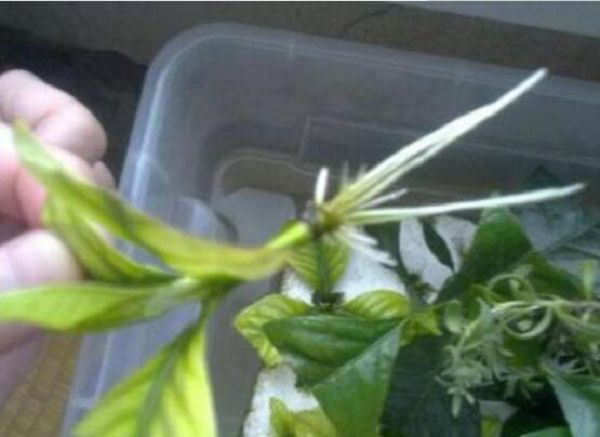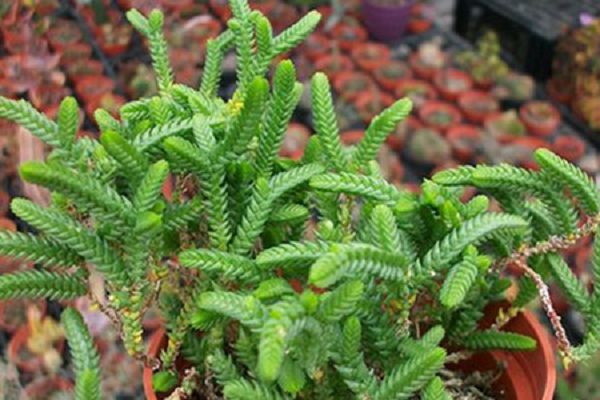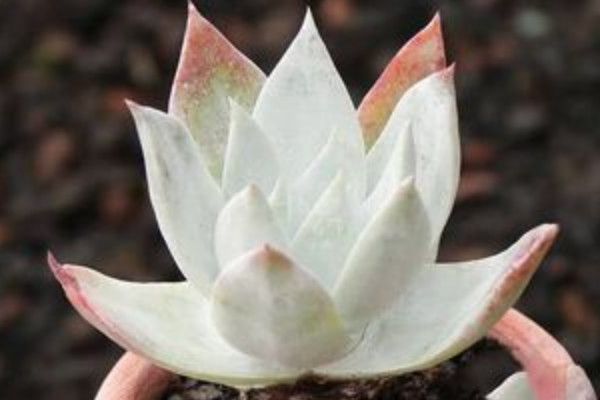How to reproduce Gardenia jasminoides? five propagation methods of Gardenia jasminoides

Gardenia exudes a unique fragrance, planted at home to the summer time pervades the whole house, people will smell a kind of inexplicable joy. Just like this sentence, when you see the gardenia opening in the neighborhood, the young girl looks for incense with a smile. As a fresh and pure white plant flower, how to reproduce gardenia? Next, let's take a look at the five breeding methods of gardenia.
Five breeding methods of Gardenia jasminoides
1. Water rooting propagation of Gardenia jasminoides
First of all, it is necessary to cut off about ten centimeters of robust branches and dry them in the sun, leaving only 2-3 leaves. Then insert the prepared branches into the wide-mouth container, the leaves should be exposed outside the bottle, and the water in the bottle should be changed once in 1-2 days to keep the water quality clean.
When two or three white roots grow in a month or two, you can take out the branches, bury them in a flowerpot and place them in a place with good warm light and ventilation that does not shine directly into the sun. Finally, water and fertilize gardenia according to the normal method of breeding gardenia.
2. Striping propagation
Striping propagation is generally carried out in April, selecting 1-year-old strong branches from 3-year-old mother plants, 25-30 cm long, pulling them to the ground and scratching the buried parts of the branches. If there are trigeminal branches, three seedlings can be obtained at one time, which can take root after 20-30 days, can be separated from the mother plant after taking root in June, and can be planted separately with soil or a single plant in the next spring.
3. Cutting propagation
Cutting propagation can be carried out from April to October. First of all, select the strong biennial branches, the length is about 10 cm, cut off the lower leaves, the lower end is cut into a 45-degree angle slope. Tie 20-30 strips into small bundles, put the bevel scissors into 0.05% rooting powder solution, and take out the solution to dry.
Insert the prepared branches in the sand, row spacing 20~25cm, plant spacing 7~8cm, insert the cuttings bevel into the soil, compaction and watering, and set up a low shade shed for shade. It will take about half a month to take root, and then transplant the seedlings into a flowerpot.
IV. Sowing and propagation
Sowing and reproduction can be selected in spring or autumn, generally choose full, crimson fruit. Before sowing, cut the pericarp with scissors, dig out the seeds, rub them in hot water, remove the floating seeds or magazines, then remove the sunken full seeds and dry them. Soil selection can be made with deep, loose and fertile sandy soil.
Plough the land 1 or 1.5 feet before planting, remove miscellaneous trees and trees, and apply soil manure, green manure or human and animal manure as base fertilizer. Before sowing, sow the seeds evenly in the ditch with fire ash, cover the sowing ditch with fine soil or fiery soil, and cover the grass in the rain. When there is a seedling stage, weeding and topdressing should be done frequently. The seedlings can be transplanted after one year.
5. Separate plant propagation
As a ramet propagation, the first need is to grow a strong gardenia jasminoides. In early spring or late autumn every year, dig up the topsoil around, carefully observe the tillering seedlings, according to the natural extension interval of the roots, divide the seedlings from the mother roots by hand or knife from the gap, and separate them as seedlings for planting.
Conclusion: when you learn the breeding method of gardenia. You can do it yourself at home, using the methods you have learned to combine with the actual situation, in the face of many problems, you can find and solve problems in time, so that your gardenia grows lush and fragrant.
Related
- Fuxing push coffee new agricultural production and marketing class: lack of small-scale processing plants
- Jujube rice field leisure farm deep ploughing Yilan for five years to create a space for organic food and play
- Nongyu Farm-A trial of organic papaya for brave women with advanced technology
- Four points for attention in the prevention and control of diseases and insect pests of edible fungi
- How to add nutrient solution to Edible Fungi
- Is there any good way to control edible fungus mites?
- Open Inoculation Technology of Edible Fungi
- Is there any clever way to use fertilizer for edible fungus in winter?
- What agents are used to kill the pathogens of edible fungi in the mushroom shed?
- Rapid drying of Edible Fungi



